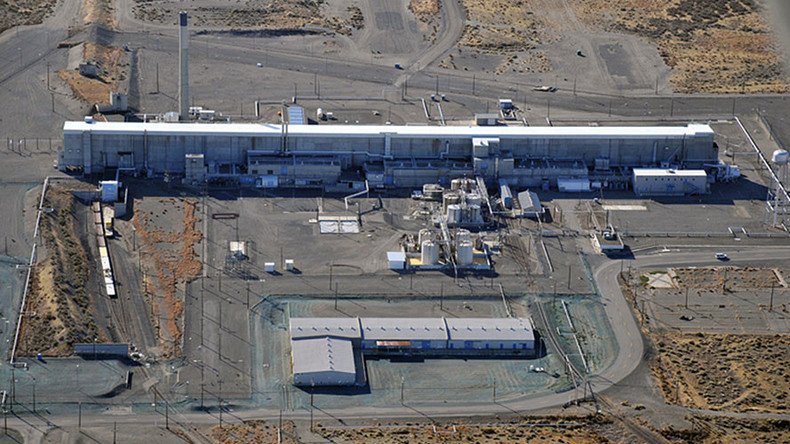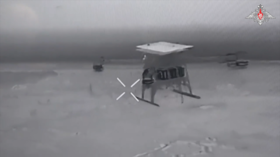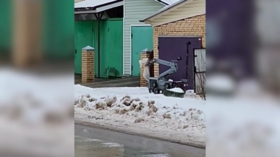High risk of another nuclear waste tunnel collapse in Washington – govt

The US Department of Energy says there is a high risk that a tunnel filled with radioactive waste might collapse at the Hanford Nuclear Reservation in the state of Washington. This after another tunnel partially caved in at the same facility last month.
The agency says it has until August 1 to develop plans to prevent the collapse of yet another tunnel at Hanford.
The facility was built in the 1950s and for decades produced plutonium for the US nuclear weapons arsenal. In 1988, production stopped and the site became a burying ground for radioactive waste.
The tunnels were used to get rid of nuclear material and equipment, such as rail cars that transported the fuel rods from nuclear reactors to the processing facility.
One such tunnel partially collapsed on May 9, prompting the Department of Energy to declare an emergency at Hanford. Some 3,000 workers sought shelter and were advised to temporarily refrain from eating and drinking.
Press release from Department of Energy on Hanford Site Emergency. We're still monitoring the situation. https://t.co/69M9C6iEGs#hanfordpic.twitter.com/XPpMizMzHs
— WA Emergency Mgmt (@waEMD) May 9, 2017
No workers were injured in the collapse, and officials have detected no release of radiation, Washington state Department of Ecology spokesman Randy Bradbury told AP in May.
“In the ’60s, spent fuel rods were put in railroad cars and, once filled, the railroad cars were wheeled into a tunnel dug into the side of a hill,” Bradbury said. “Twenty-eight rail cars in all fill this particular tunnel.”
READ MORE: Emergency declared at US Hanford nuclear waste site after tunnel collapse
However, the facility itself, which has been vacant for decades, “remains highly contaminated,” according to the Hanford website.
It still contains roughly 53 million gallons – over 2,600 rail cars – worth of high-level nuclear waste, left from the production of plutonium.
A number of current and former Hanford workers suffer from serious medical conditions as a result of exposure to toxic waste leaks and “burps” of radiation at the complex, RT America reported last year.
‘I thought I was dying’: Ex-Hanford worker gravely ill after inhaling toxic fumes [VIDEO]https://t.co/kP6MkAxFRppic.twitter.com/Un35Af6qkM
— RT America (@RT_America) May 6, 2016
In a study published in May, researchers warned that the US authorities are underestimating the risks to nuclear safety. If spent fuel at one of the dozens of US nuclear sites sets alight, it “could dwarf the horrific consequences of the Fukushima accident [in Japan],” said researchers from Princeton University and the Union of Concerned Scientists.












